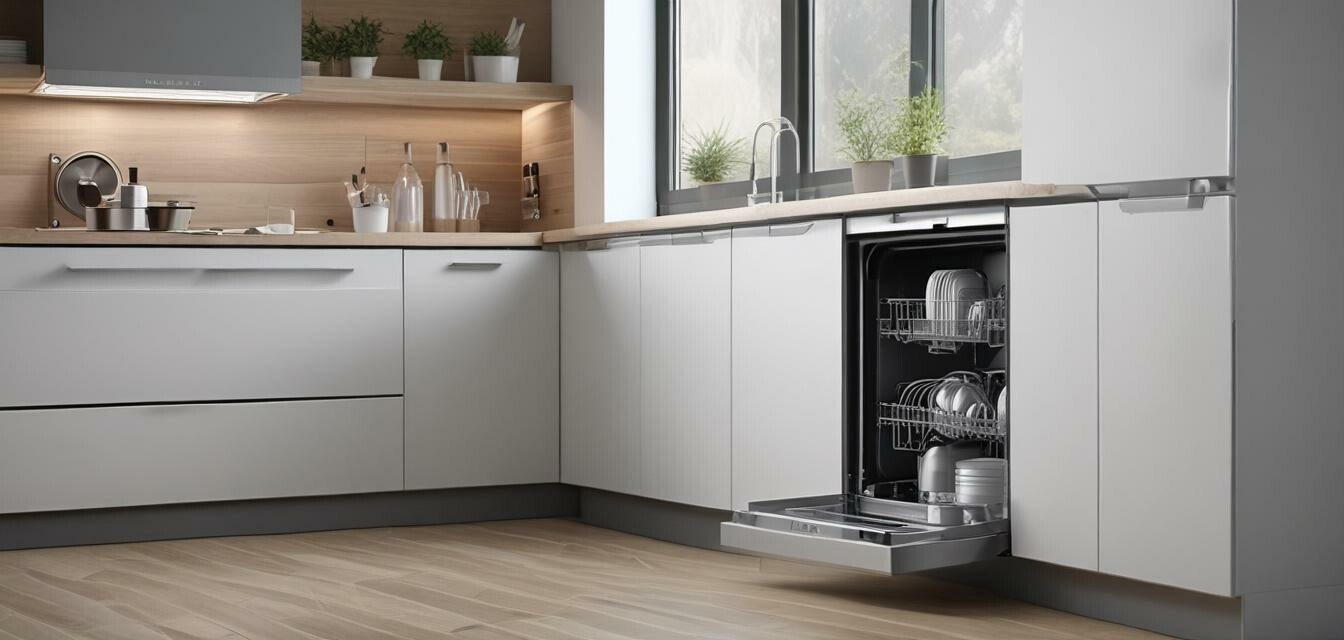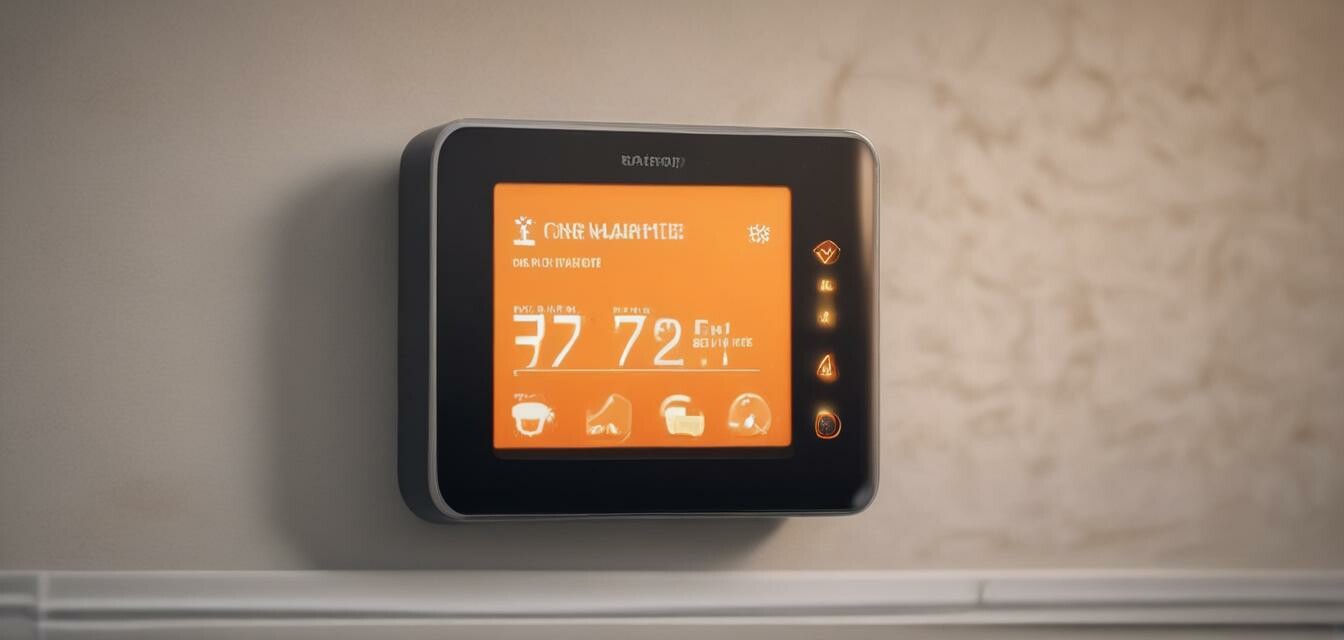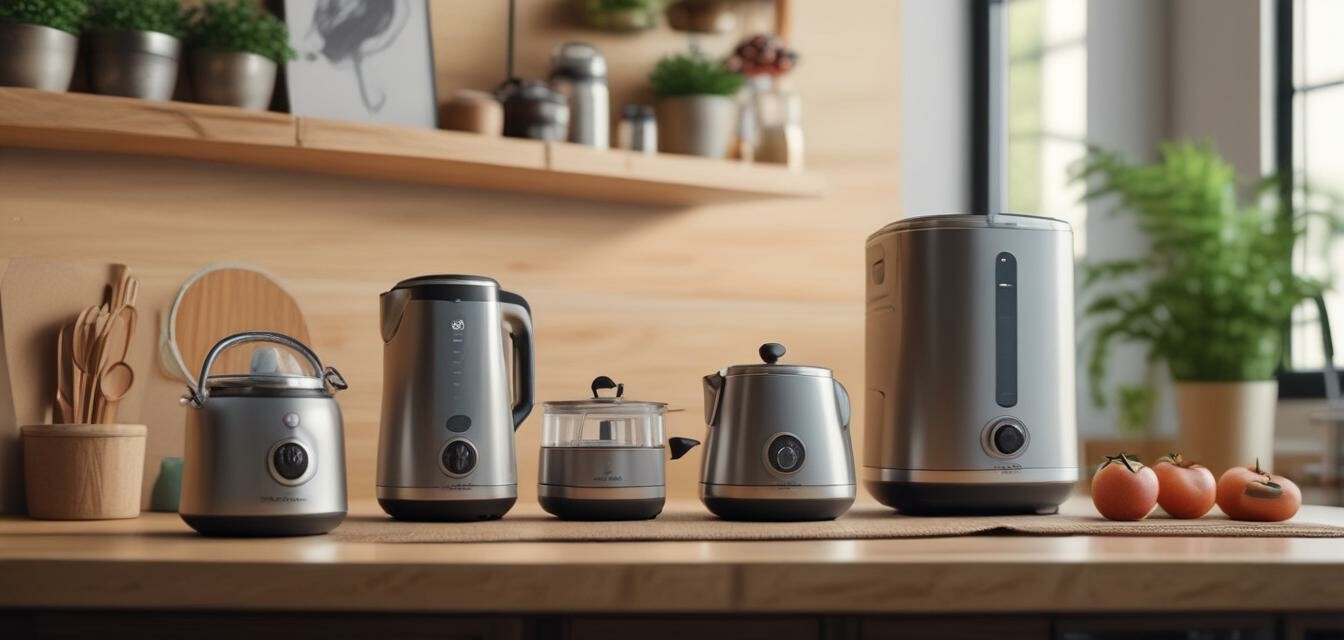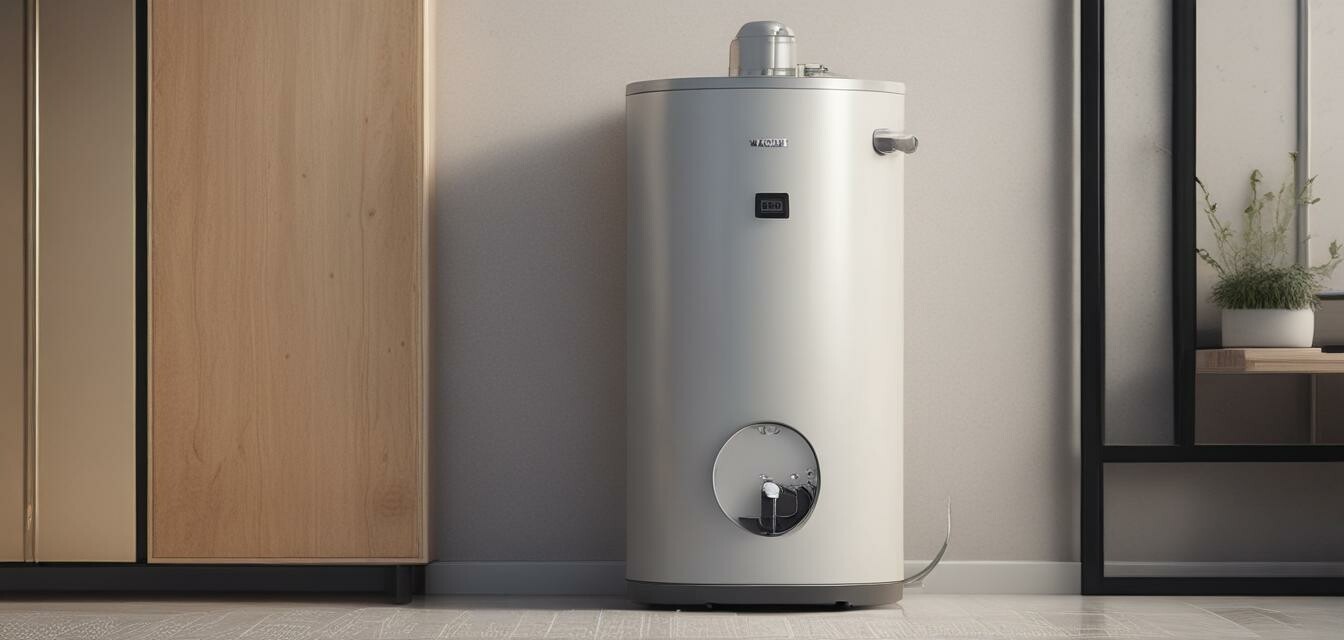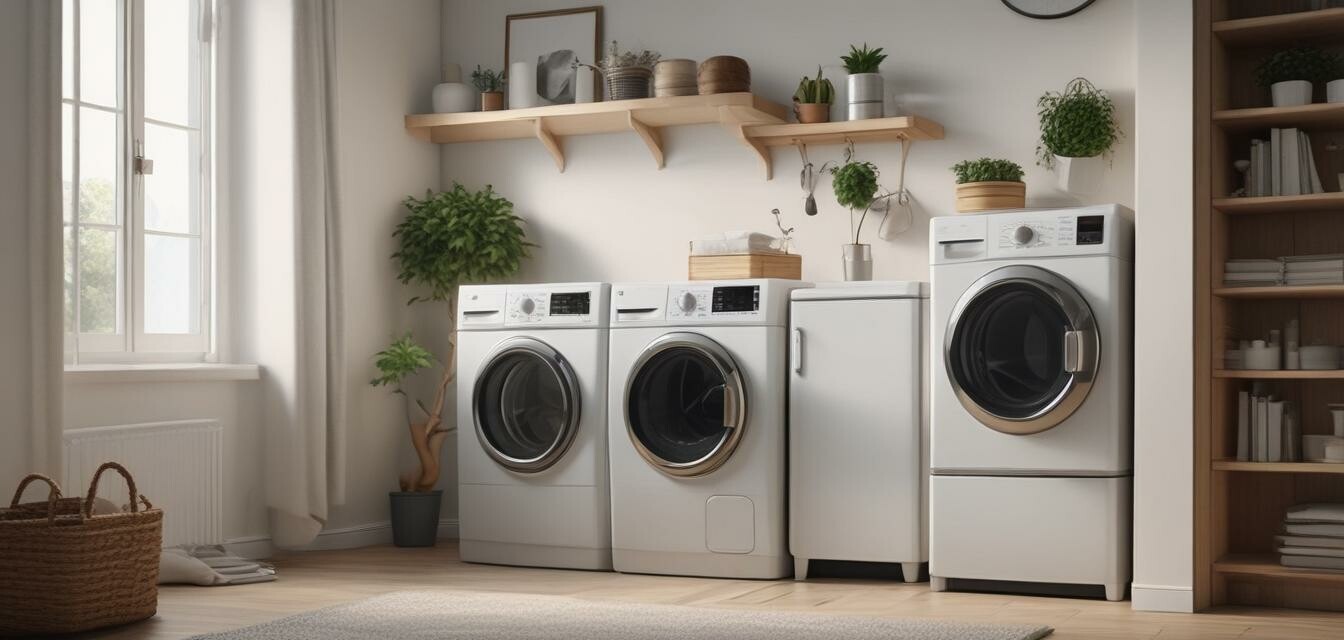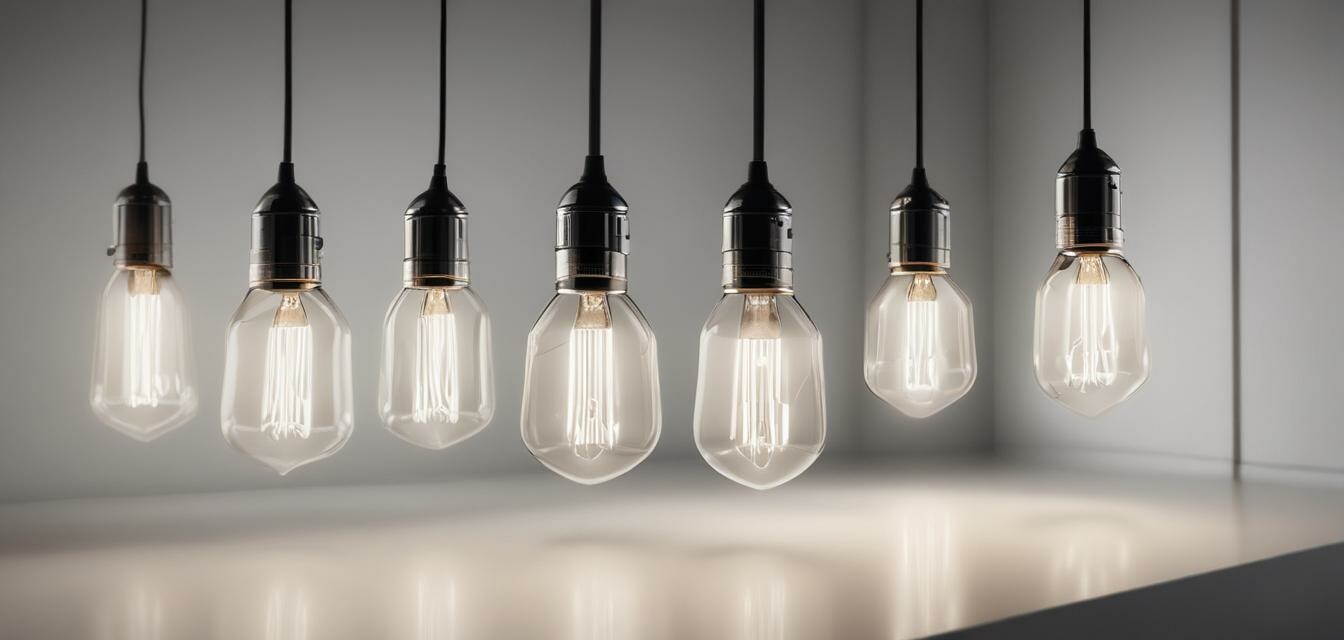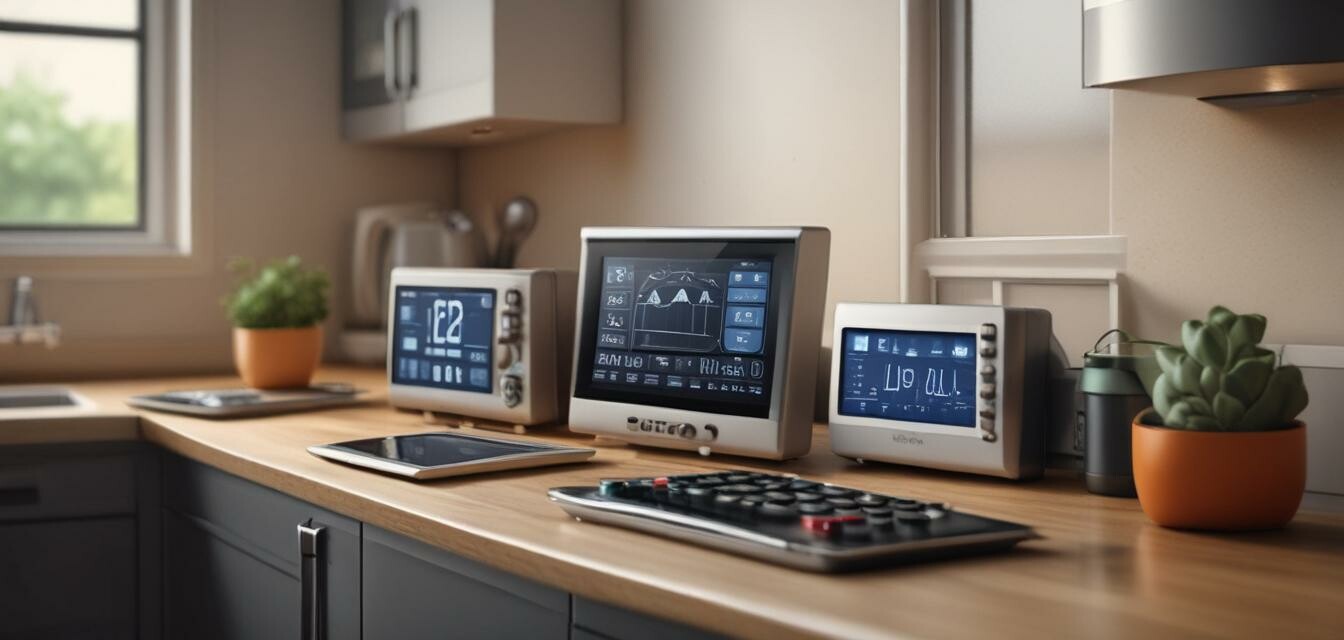
Energy Monitoring Devices
Key Takeaways
- Energy monitoring devices can help you track your energy consumption.
- Identifying energy hogs in your home can lead to significant savings on your electricity bill.
- Modern energy monitors often come with smartphone applications for easy monitoring.
- Many devices can integrate with smart home systems for optimized energy management.
- Choosing the right device depends on your specific needs and home setup.
In today’s world, being conscious of energy usage is more important than ever. Not only does monitoring energy consumption help save money, but it also contributes to a more sustainable lifestyle. Energy monitoring devices provide insights into how and when energy is used in your home, enabling users to make informed decisions about their usage.
What are Energy Monitoring Devices?
Energy monitoring devices are tools designed to measure the amount of energy consumed by various appliances in your home. They come in various forms, from plug-in devices that track individual appliances to whole-home energy monitors that provide an overview of energy consumption.
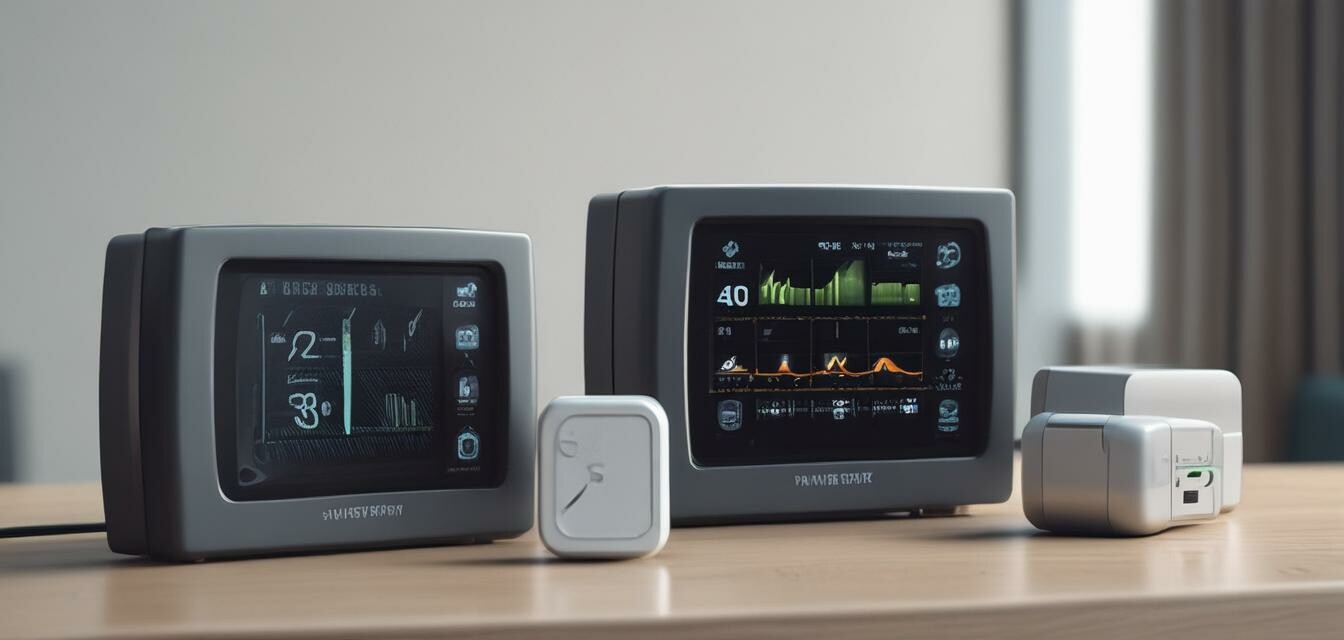
Types of Energy Monitoring Devices
| Type | Description | Pros | Cons |
|---|---|---|---|
| Plug-in monitors | Devices that monitor energy usage of individual appliances. |
|
|
| Whole-home monitors | Devices installed at the electrical panel to measure overall energy consumption. |
|
|
Benefits of Energy Monitoring Devices
- Cost Savings: By tracking energy usage, households can identify which appliances use the most energy and replace or adjust their usage accordingly.
- Sustainability: Reducing energy consumption leads to lower carbon footprints, contributing positively to the environment.
- Real-time Monitoring: Many energy monitoring devices provide real-time feedback, allowing users to make immediate adjustments.
Key Features to Look For
When choosing an energy monitoring device, consider the following features:
- Compatibility with smart home systems.
- User-friendly interface or application.
- Tracking and reporting capabilities (real-time vs. historical data).
- Installation requirements.
- Price and warranty.
How to Use Energy Monitoring Devices Effectively
Using energy monitoring devices effectively requires the following steps:
- Installation: Follow the manufacturer’s instructions closely for both plug-in and whole-home monitors.
- Monitoring: Regularly check your energy consumption and compare it to historical data.
- Adjusting Habits: Based on the data, adjust your energy usage habits (for example, running heavy appliances during off-peak hours).
- Integrating with Smart Systems: Utilize smart home systems to automate energy consumption based on usage patterns.
Tips for Beginners
- Start with a simple plug-in monitor before investing in a whole-home system.
- Use mobile apps that come with your device to visualize data easily.
- Set specific energy-saving goals and track progress using your monitoring device.
- Pair monitoring with energy-efficient appliances for maximum savings.
Popular Brands of Energy Monitoring Devices
Several brands dominate the market for energy monitoring devices. Below is a table of some popular brands and their notable features:
| Brand | Type | Notable Features |
|---|---|---|
| TP-Link | Plug-in | Smart app control, energy tracking, scheduling. |
| Sense | Whole-home | Real-time energy monitoring, appliance detection, smart home integration. |
| Emporia | Whole-home | Submetering, solar tracking, monthly tracking reports. |
| Kill A Watt | Plug-in | Easy to use, estimated annual costs, voltage reading. |
| EcoBee | Smart thermostat with energy monitoring | Control via mobile app, usage history tracking, compatibility with smart systems. |
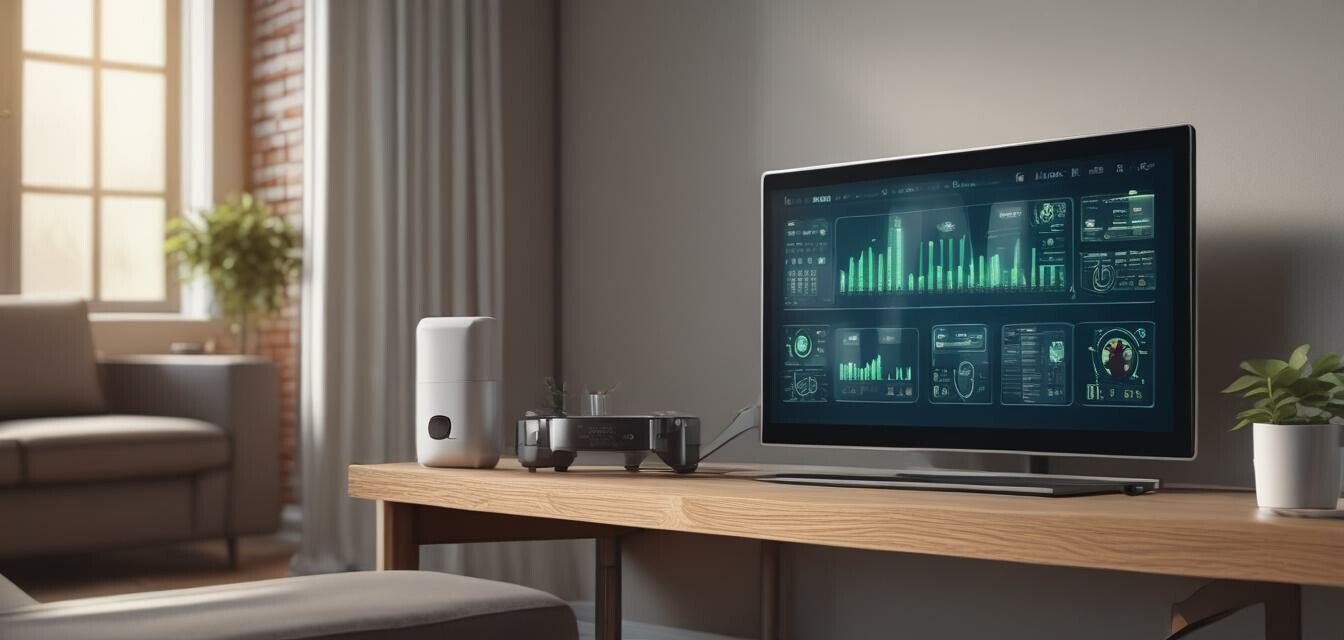
Challenges and Considerations
While energy monitoring devices provide significant value, they also come with certain challenges:
Pros
- Improved understanding of energy consumption.
- Potential for significant savings on electricity bills.
- Encourages responsible energy use.
Cons
- Some devices can be costly.
- Installation for whole-home monitors can be complex.
- Data overload for graphs and statistics may confuse new users.
Conclusion
In conclusion, energy monitoring devices are an excellent investment for any homeowner looking to reduce their energy consumption, save money, and contribute to a more sustainable future. Whether you opt for a plug-in monitor for individual appliances or a comprehensive whole-home system, the key is to set clear goals and adjust your habits based on the insights provided.
For further exploration of energy-efficient appliances, check out our categories: Air Conditioners, Dishwashers, Heaters, Microwave Ovens, Refrigerators, and Washing Machines.

